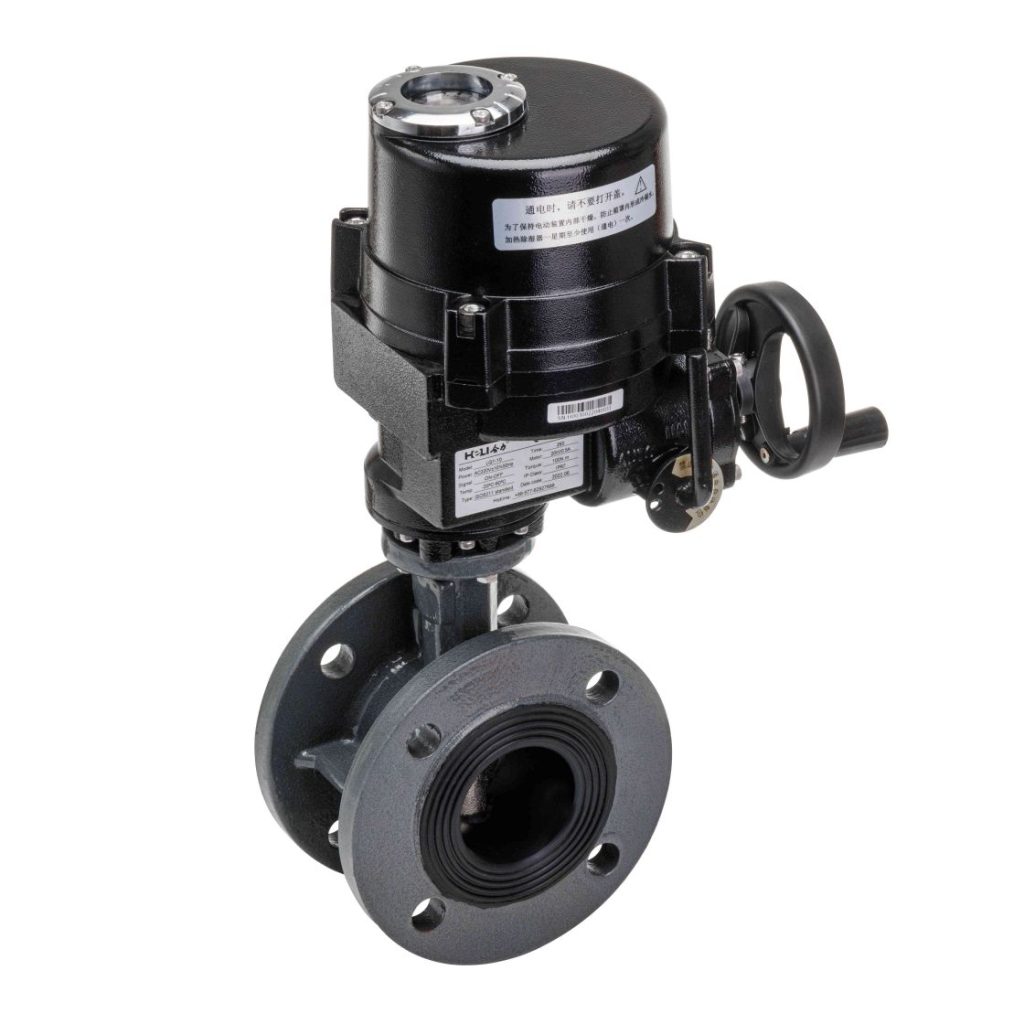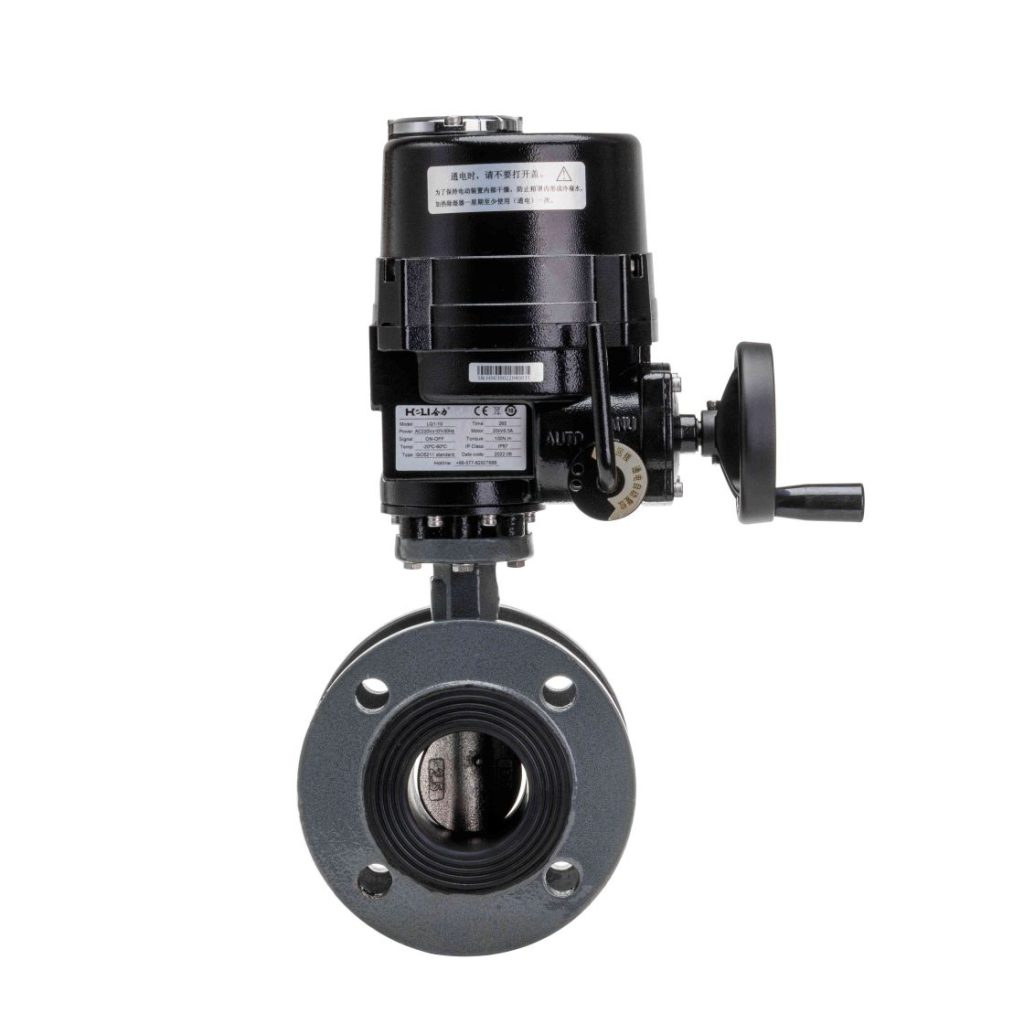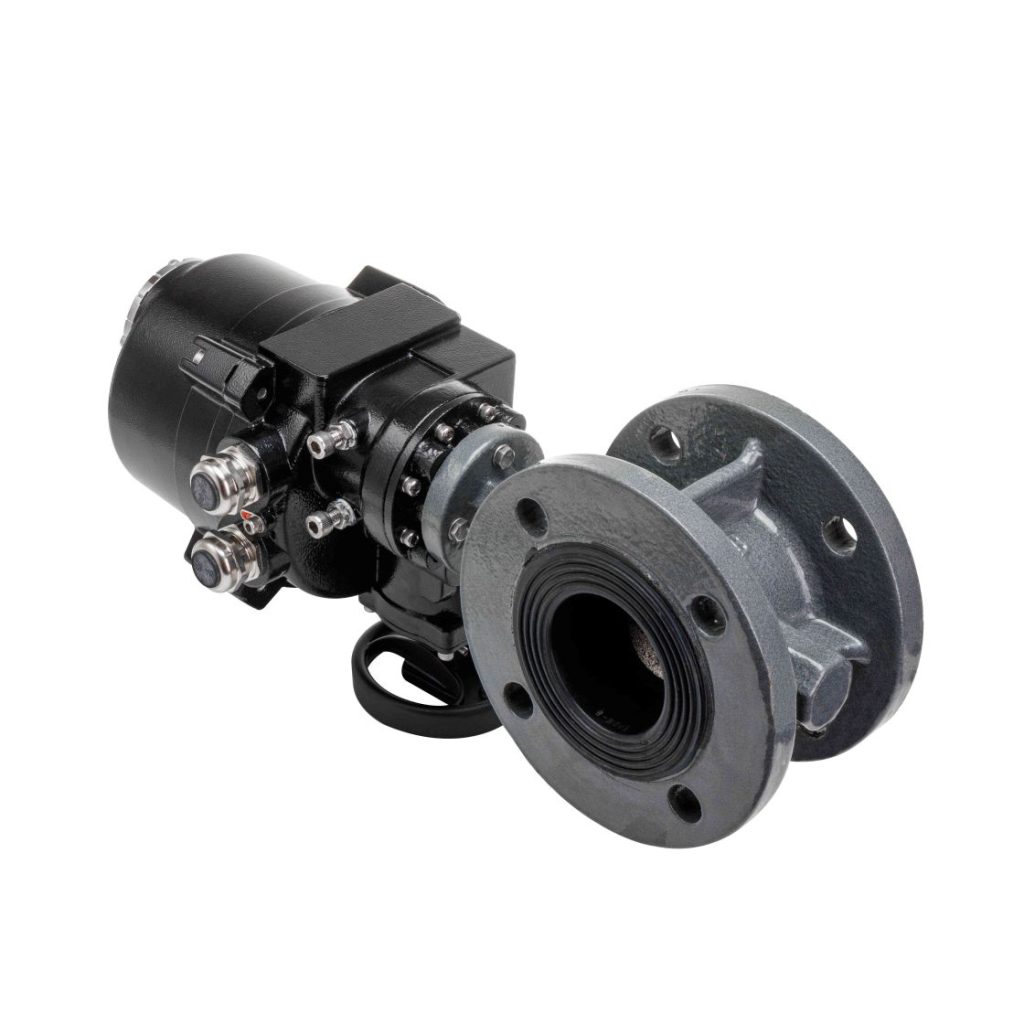An electric ball valve is an essential component in modern industrial systems, offering precise control over the flow of liquids and gases. It operates using an electric actuator to move the ball inside the valve, allowing for easy modulation and automation of fluid systems. This article aims to explore the key features, benefits, applications, and working principles of electric ball valves, providing a comprehensive understanding of how they contribute to industrial efficiency and reliability.

What is an Electric Ball Valve?

An electric ball valve is a type of quarter-turn valve that uses an electric actuator to operate the valve. The valve consists of a ball with a hole in the center that controls the flow of the fluid or gas through the pipe. When the actuator turns the ball 90 degrees, the hole either aligns with the pipe (open position) or is perpendicular to the flow (closed position), effectively controlling the flow. Unlike manual ball valves, which require human intervention to turn the valve, electric ball valves are automated. The electric actuator can be controlled remotely, allowing for easier and more precise flow regulation. This makes them ideal for applications where automation, accuracy, and control are critical.
